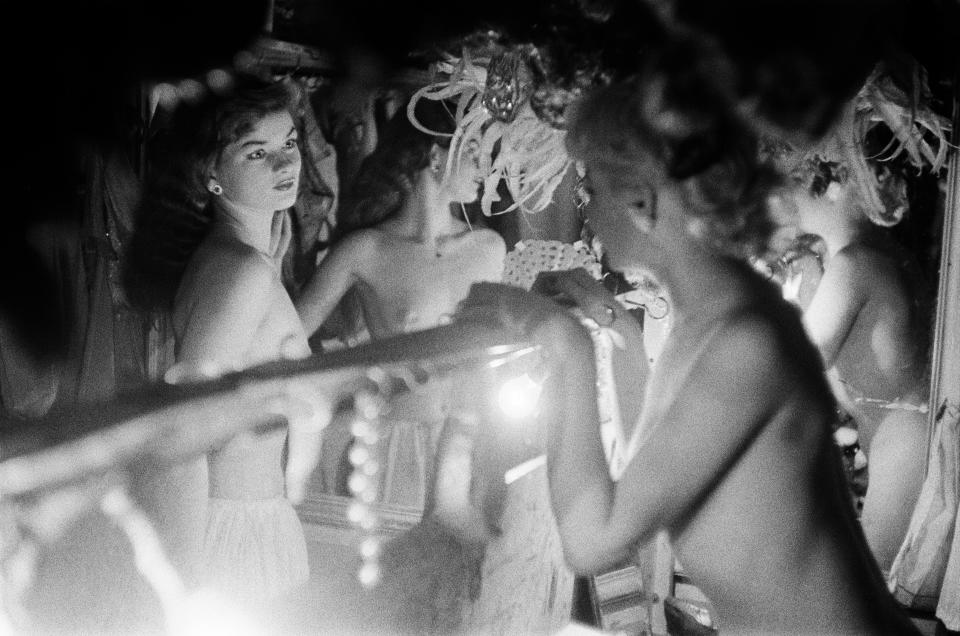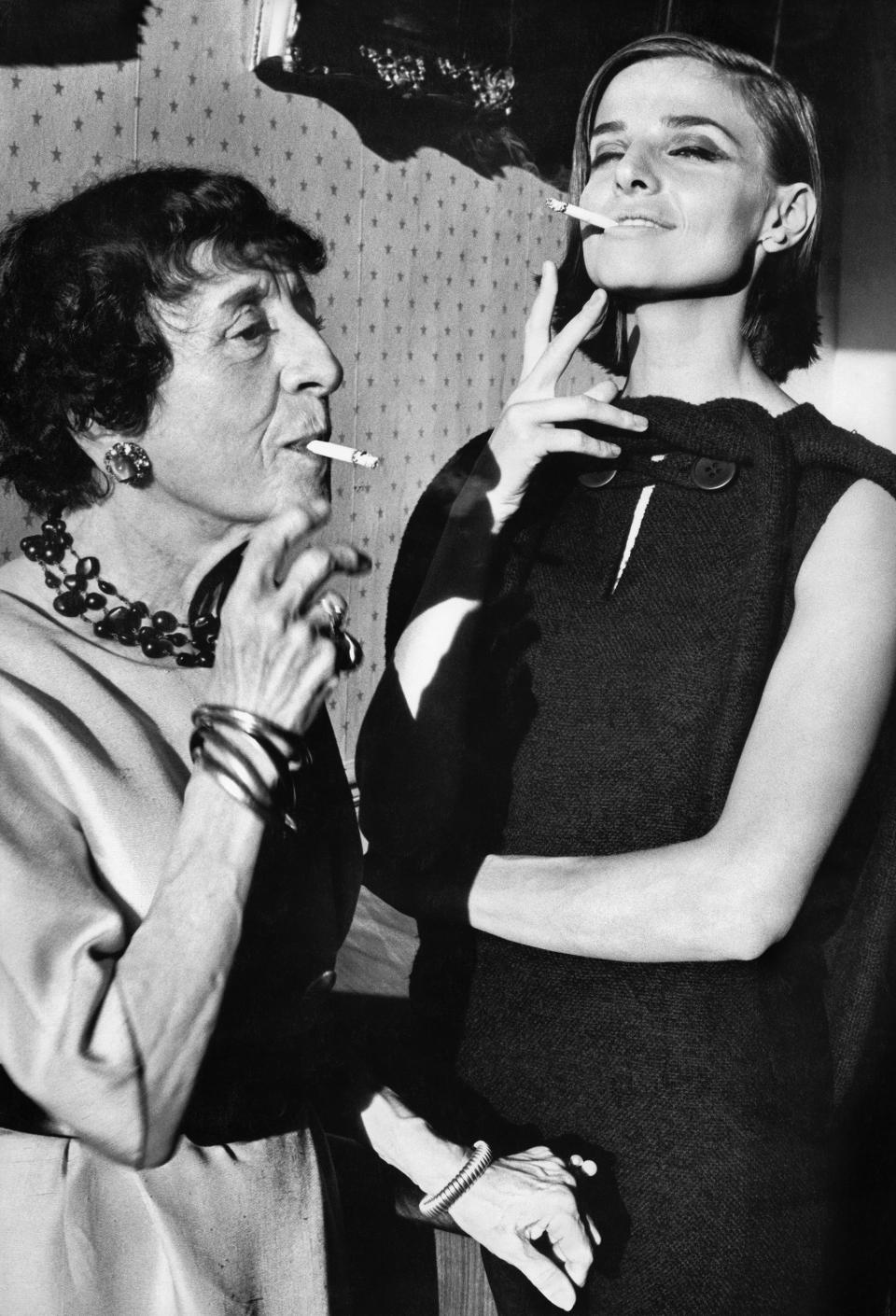Paris Exhibition Documents Frank Horvat’s Accidental Journey to Fashion Stardom
- Oops!Something went wrong.Please try again later.

THE OUTSIDE VIEW: Frank Horvat’s dream was to join the prestigious Magnum photo agency and travel the world as a photojournalist. Instead, he ended up in the glossy pages of fashion magazines, bringing a naturalistic approach to his shoots for publications ranging from Vogue to Harper’s Bazaar.
That journey is documented in “Frank Horvat: Paris, the World, Fashion” at the Jeu de Paume museum in Paris, the first major exhibition devoted to the Italian-born photographer since his death in 2020 at the age of 92.
More from WWD
The show, which opens Friday, features iconic images alongside lesser-known and previously unseen photographs from the archives kept in his studio-home in Boulogne-Billancourt near Paris, now managed by his daughter Fiammetta Horvat.
Frank Horvat settled in France in 1955 after spending his teenage years in Switzerland, having fled Italian dictator Benito Mussolini’s racial laws targeting Jews, among others. He began his career working for news magazines like Epoca in Italy and Réalités in France.
Curator Virginie Chardin noted he was faithful to certain signatures, whether he was covering a wedding in Pakistan or spotlighting the latest styles from Givenchy. The human gaze anchors many of his shots, with subjects looking directly at the photographer, or reflected in a mirror.
“He was very introspective. His mother was a psychoanalyst, so he was someone who always questioned the meaning of what he was doing,” she said. “He often worked without a flash, without artificial light. That’s why the images are very grainy. That’s really his style: he loved moody atmospheres.”

A consummate outsider, Horvat may well have been one of the world’s most reluctant fashion photographers.
Spotted by William Klein, who was intrigued by his cityscapes shot with a telephoto lens, he began to work for Jardin des Modes and quickly wowed the industry with images like his 1957 shot of model Tan Arnold standing at the counter of a bustling Paris restaurant in a cocktail dress and a long string of pearls.
“In the space of just a few years, between 1957 and 1960, he became a star photographer,” Chardin said.
Horvat heralded a lively, humorous reportage style that broke with the formal elegance of the period’s fashion photography. “It was very new at the time. Two or three years later, everyone was doing it,” the curator noted. “It coincides with the advent of ready-to-wear and the evolution of the status of women. It was speaking to women who work, who are active.”
Indeed, many of Horvat’s models had a rich life story. He cultivated relationships with the likes of Simone d’Aillencourt, Deborah Dixon and Benedetta Barzini, whom he liked to photograph with the artists and intellectuals of their time.
One particularly striking series for Harper’s Bazaar features Dixon alongside filmmaker Federico Fellini and actor Marcello Mastroianni, while Iris Bianchi is pictured with director Agnès Varda and beauty mogul Helena Rubinstein, among others.
“He hated doll-like models. They had to be real women,” Chardin said. “He would always fight with fashion editors to prevent the models from striking ridiculous poses.”

Unlike David Bailey or Richard Avedon, Horvat did not cultivate fame and quickly became disillusioned with fashion photography. “I think he must have felt a little isolated in fashion,” said his daughter. “At that time, everyone was putting on music and it was very ‘swinging’ fashion. He wasn’t like that at all. He comes across as very serious.”
Though his attempt to return to photojournalism in the early ‘60s was unsuccessful, it yielded some of the show’s most intriguing images: melancholic and surreal shots taken during an eight-month trip to locations including Rio de Janeiro, Tokyo, Los Angeles, Tel Aviv and Hong Kong.
After that, Horvat devoted more time to personal projects, including experiments with digital imagery at the crossroads between photography and painting. “He drew incredibly well, he wrote incredibly well. He spoke six languages, so he was always restless because he was impatient,” Fiammetta Horvat recalled.
“When you read his diaries, you realize he was in a sort of permanent identity crisis, but not in a negative way,” she added. “He always needed to challenge everything, so he turned the page very quickly, both personally and professionally.”
Best of WWD

